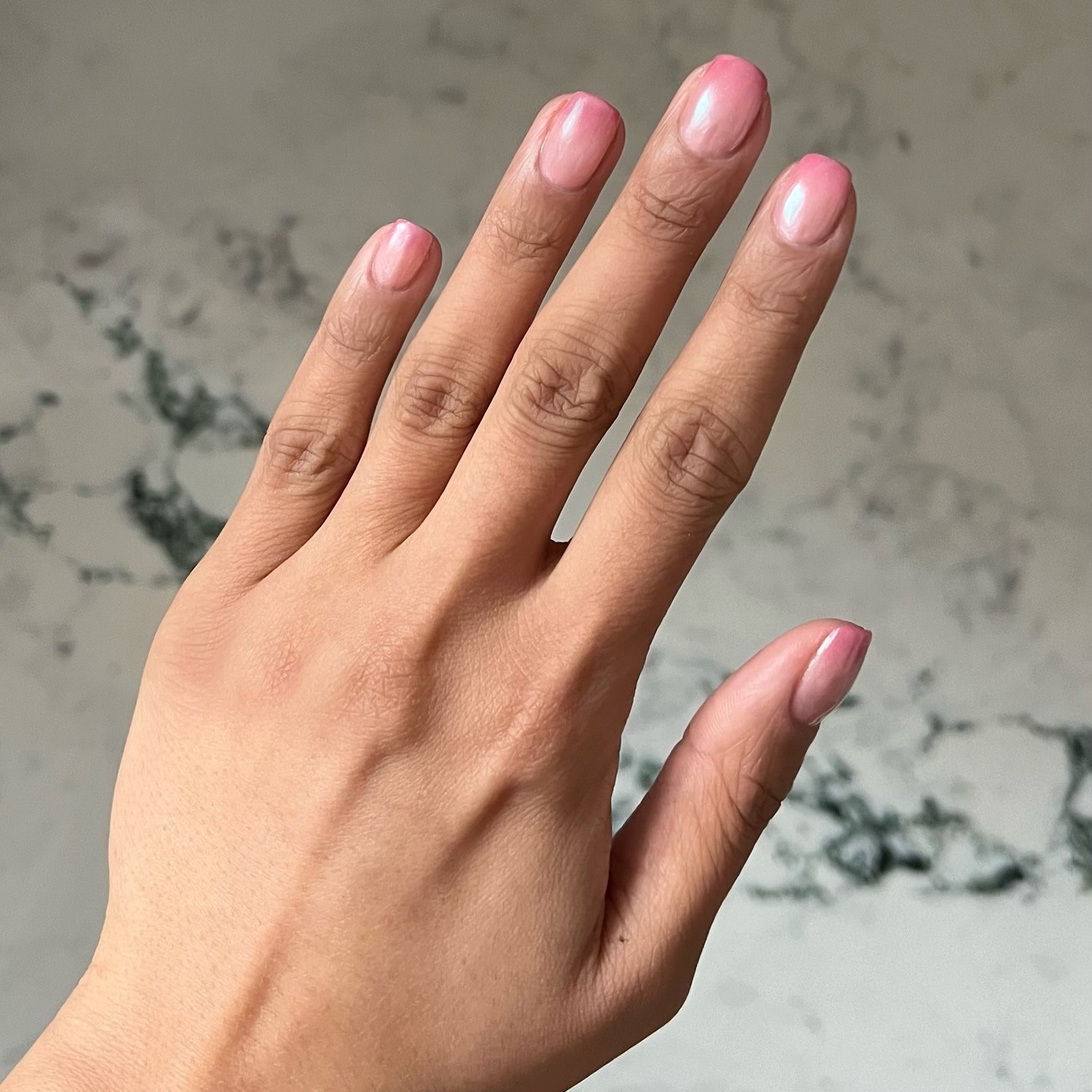10 Skincare Ingredients That Actually Treat Acne
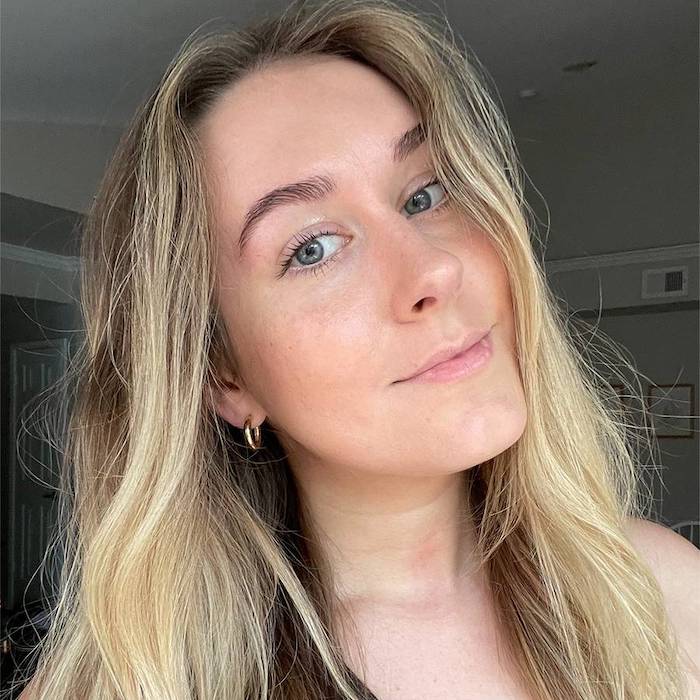
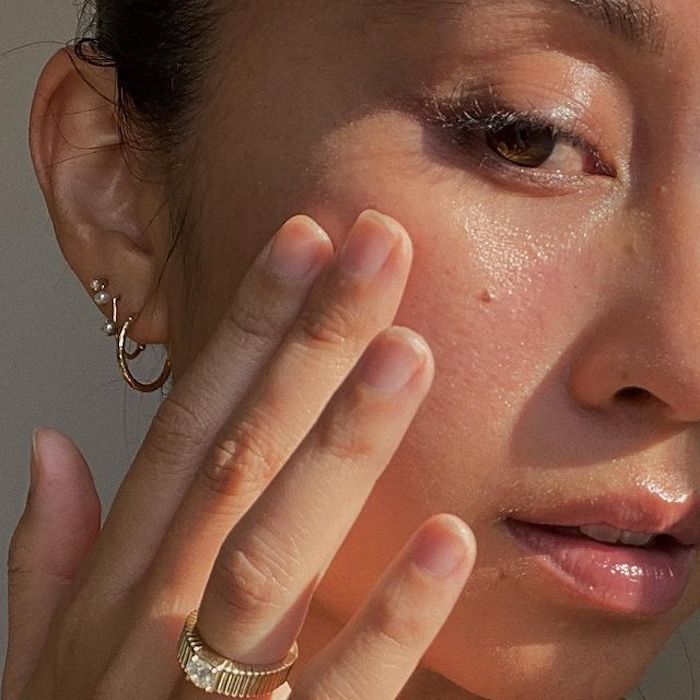
No matter the type or severity, all acne has one thing in common: it can be stubborn—like really stubborn. As so many acne-sufferers already know, it often takes trial and error to address entirely, and the products, treatments, and routines that worked for one person might not work the same for you (it's annoying, but it's the truth). Don't get us wrong, though—that doesn't mean there aren't steps you can take and ingredients you can use to minimize your acne. On the contrary, there are a whole host of effective acne-fighting ingredients you can turn to.
You just have to know which ingredients they are, how they work, and how best to use them. That's what we're here for. Keep scrolling to see 10 skincare ingredients that actually treat acne. Consider this your great big guide. We've even included budget-friendly product recommendations from one of our favorite drugstore brands, Versed Skincare, for each one.
PS: From August 12 through August 15, Versed is offering 20% select products.
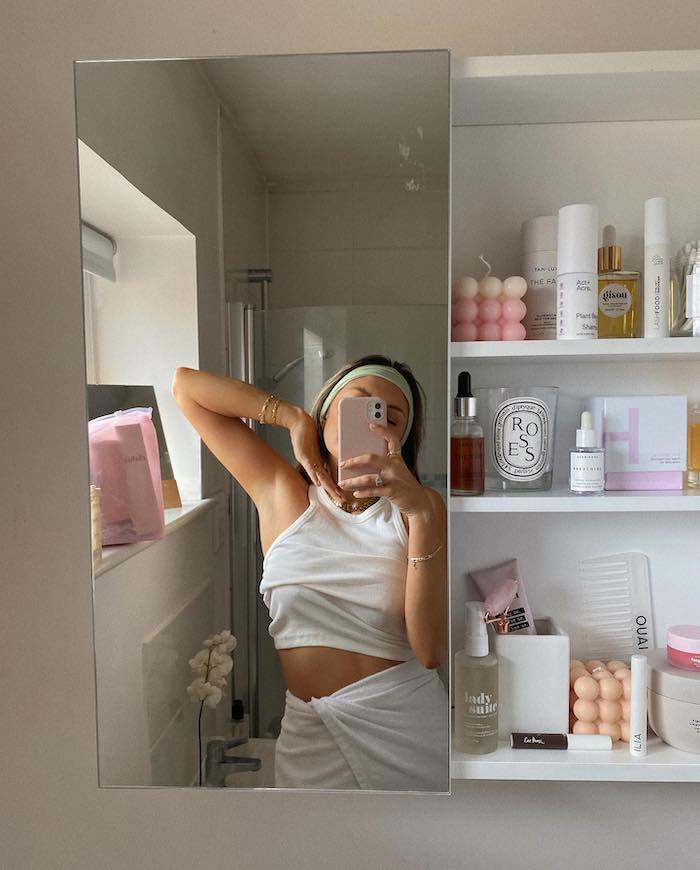
Acne-Fighting Ingredient #1: Salicylic Acid
Salicylic acid belongs in the acne-fighting hall of fame, as it has a long history of being used topically to fight breakouts. Here's what you need to know: It's a BHA (aka beta-hydroxy acid) that exfoliates in the same way as AHAs (aka alpha-hydroxy acids). That being said, it's even more effective for treating acne due to its chemical makeup. Take it from board-certified dermatologist Geeta Yadav: "Because salicylic acid is oil-soluble, it can penetrate the skin at a deeper level and unclog pores of all the dirt, debris, and irritants that can cause acne—particularly blackheads and whiteheads."
Although Yadav says salicylic acid is great for unclogging pores and promoting exfoliation, she cautions that it can be drying and irritating. Translation? Go easy and don't overuse it.
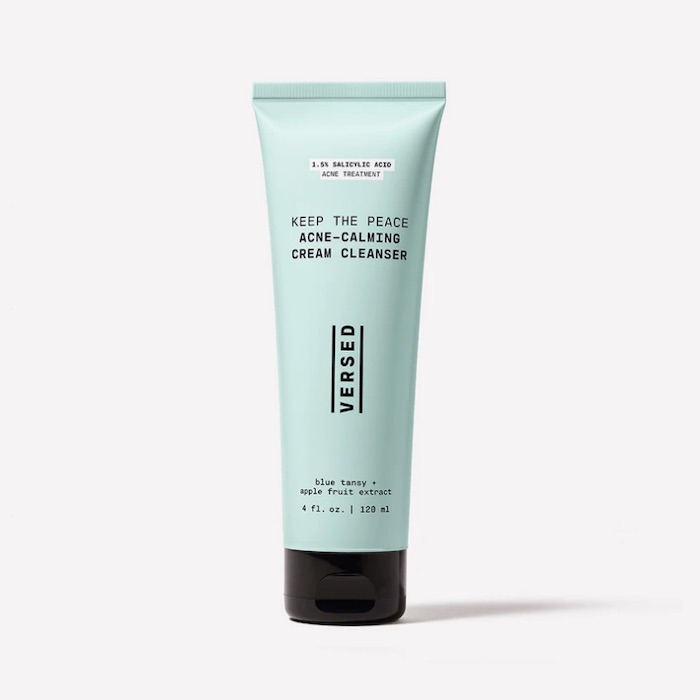
This drugstore cleanser contains 1.5% salicylic acid, so your skin can reap all the pore-unclogging and exfoliating benefits of the ingredient, however, it won't cause any excess dryness or irritation, thanks to the addition of blue tansy. It's a natural antioxidant that has anti-inflammatory properties and is used to soothe irritated and inflamed skin.
"Despite its name, blue tansy is a yellow Mediterranean flowering plant," Yadav explains. "To obtain its blue hue, the flowers and stems of the plant must be heated in a steam distillation process. Two key components that make blue tansy oil a great ingredient for those with acne are camphor and sabinene, which are both very healing and anti-inflammatory."
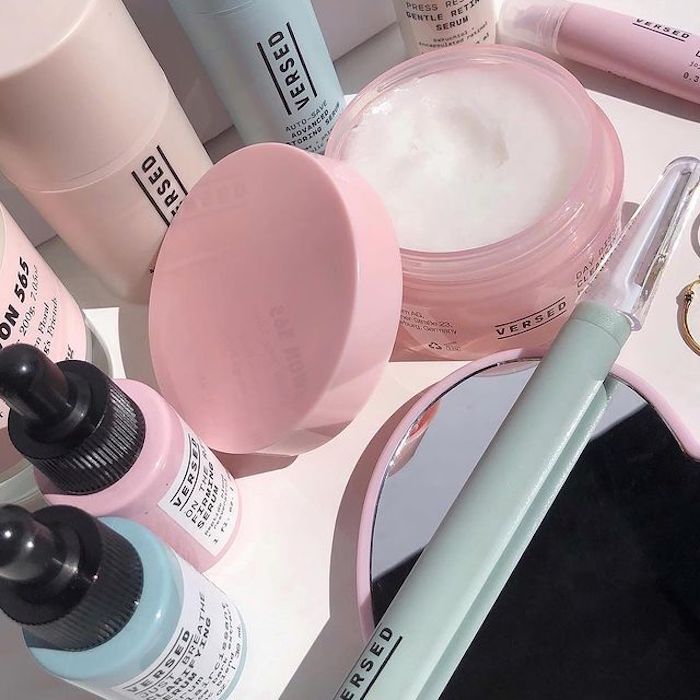
Acne-Fighting Ingredient #2: Benzoyl Peroxide
Benzoyl peroxide is another acne-fighting mainstay ingredient that's been used for decades. It differs from salicylic acid in that it doesn't exfoliate the skin. Instead, it provides powerful antibacterial and anti-inflammatory properties. In fact, it directly targets the bacteria that cause acne to erupt in the first place: P. acnes bacteria (learn more about the difference between benzoyl peroxide and salicylic acid here).
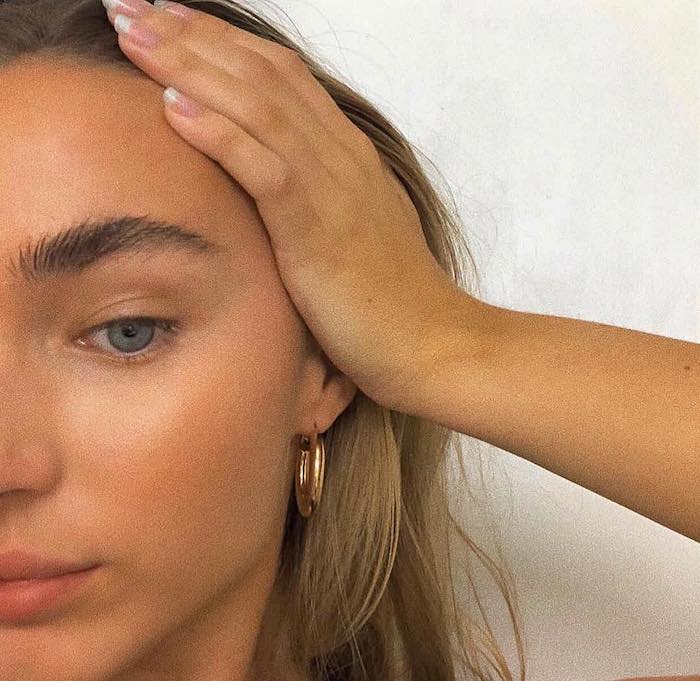
Acne-Fighting Ingredient #3: Retinol
If there's one ingredient dermatologists, estheticians, and editors talk about most, it's probably retinol. It only makes sense, as this buzzy ingredient does a little bit of everything. "Retinol is a form of vitamin A and type of retinoid that is available over the counter," Dr. Yadav says. "While probably most known for increasing collagen, decreasing fine lines, and improving skin’s texture, it is also a wonderful ingredient for preventing acne. Retinol helps to unclog pores and promotes healing via skin cell turnover, a dynamic duo when it comes to targeting a source of breakouts."
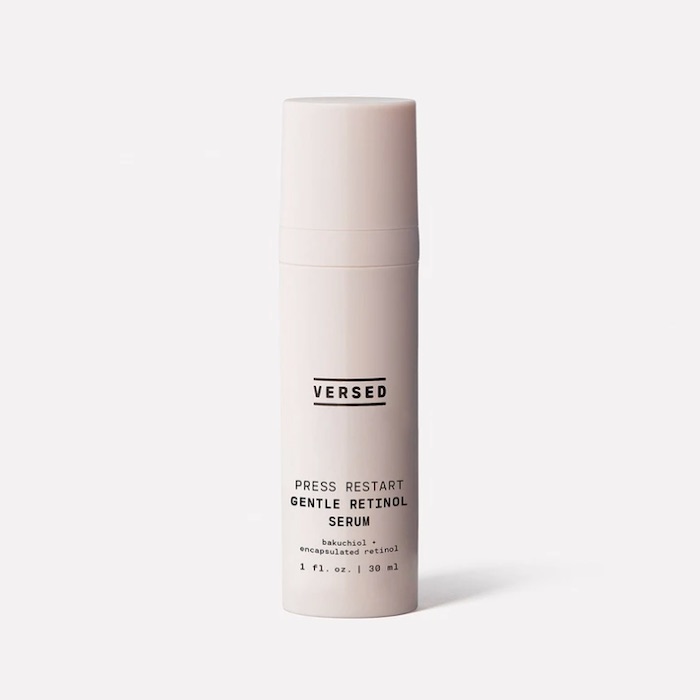
This retinol product was specifically formulated for people with sensitive skin. It contains microencapsulated retinol to deliver the ingredient deep into the skin while minimizing irritation, along with antioxidants and anti-inflammatory ingredients for good measure.
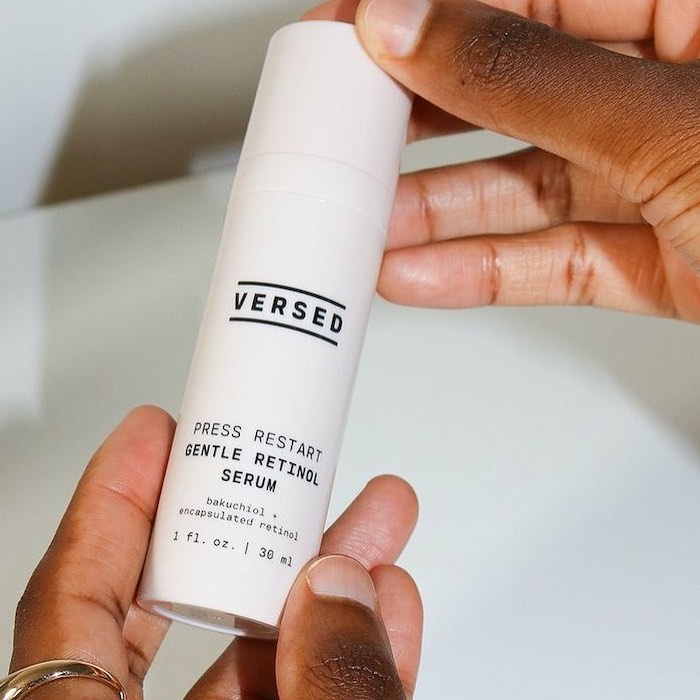
Acne-Fighting Ingredient #4: Bakuchiol
You may have heard people refer to bakuchiol as a natural alternative to retinol. According to Yadav, there's some truth to that. "While retinol and retinoids are wonderful ingredients, they can be very drying and/or irritating for some, particularly those with already sensitive skin. Bakuchiol is a gentler, more soothing, plant-based alternative to retinol that has a long history in the world of Ayurvedic medicine. Like retinol, bakuchiol helps to unclog pores and fight breakouts, but it also has anti-inflammatory and anti-bacterial attributes that help to prevent acne from occurring in the first place."
It's also found in Versed's Press Restart Gentle Retinol Serum ($22). The bakuchiol used is CITES (Convention on International Trade in Endangered Species of Wild Fauna and Flora) certified, meaning its use doesn't negatively impact this precious plant species' survival.

Acne-Fighting Ingredient #5: Tea Tree Oil
Not only does tea tree oil provide a refreshing, herbal scent to most products it's included in, but it also has some serious acne-fighting powers. "Tea tree oil is an essential oil that comes from the leaves of the Melaleuca tree and has been used as traditional medicine for centuries," Yadav says. "Known for its healing powers, tea tree oil has bacteria-fighting properties that make it ideal for relieving and preventing acne."
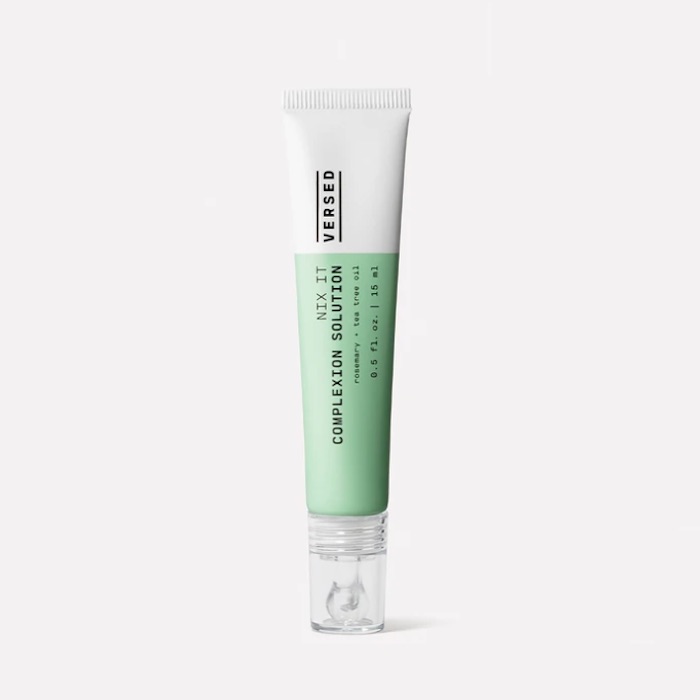
Tea tree oil, as well as salicylic acid, lavender, lemon, and rosemary oil, go to work to tackle blemishes at the source in this convenient and discreet spot treatment. Its unique invisible formula is residue and shine-free, so it can be applied on top of emerging breakouts throughout the day. No one will be the wiser.
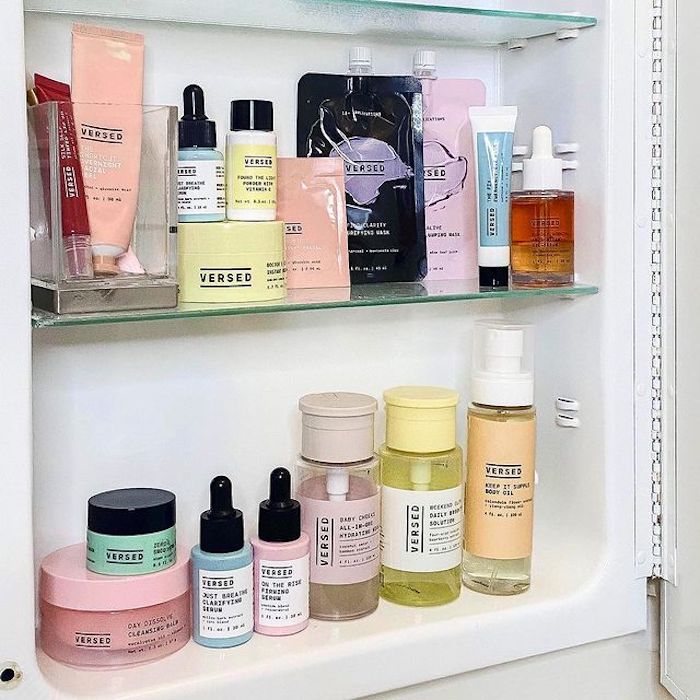
Acne-Fighting Ingredient #6: Witch Hazel
"Witch Hazel is a topical astringent made from the leaves and bark of the Hamamelis Virginiana shrub," Yadav explains. "In addition to drying and oil-zapping effects, witch hazel contains several compounds and antioxidants with anti-inflammatory and bacteria-killing properties—all keys to relieving acne."
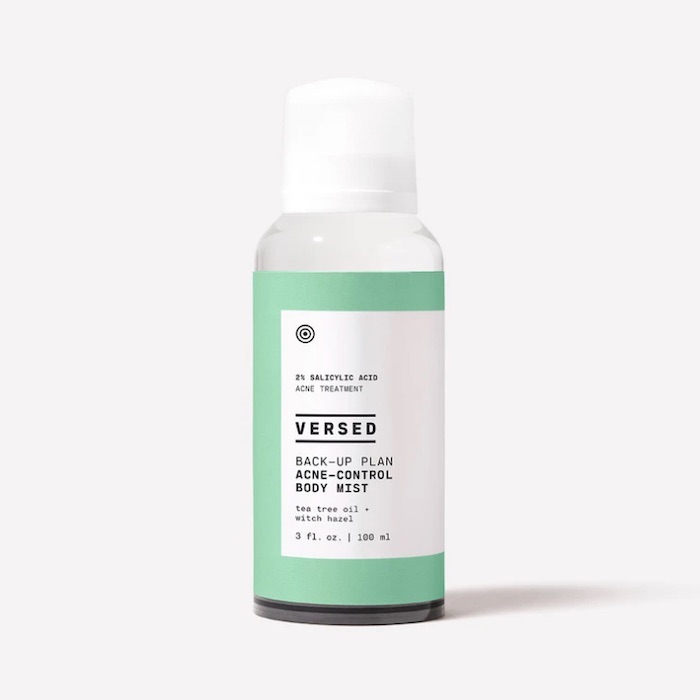
You can find witch hazel in this anti-acne body mist (which also contains salicylic acid and tea tree oil!). It has a fast drying time and doesn't leave behind a filmy residue like other anti-acne body mists. As such, it's become a gym bag necessity for us.
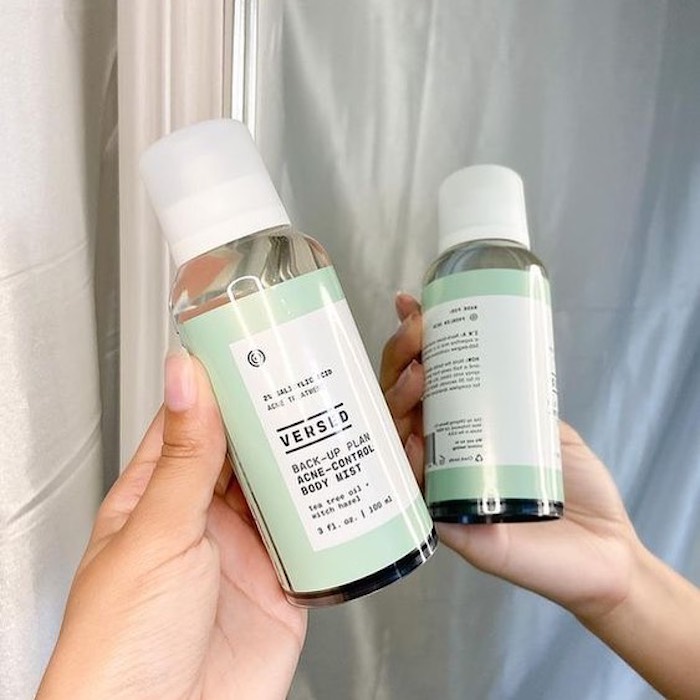
Acne-Fighting Ingredient #7: Niacinamide
Another wonder ingredient, niacinamide is lauded for its brightening, pore-minimizing, elasticity-boosting, and calming powers. "Also known as nicotinamide, niacinamide is a form of vitamin B-3 and has been a popular ingredient in dermatology offices for many years," Yadav says. "It contains anti-inflammatory properties and decreases oil production in a gentle, non-irritating way, making it ideal for those with acne and sensitive skin."
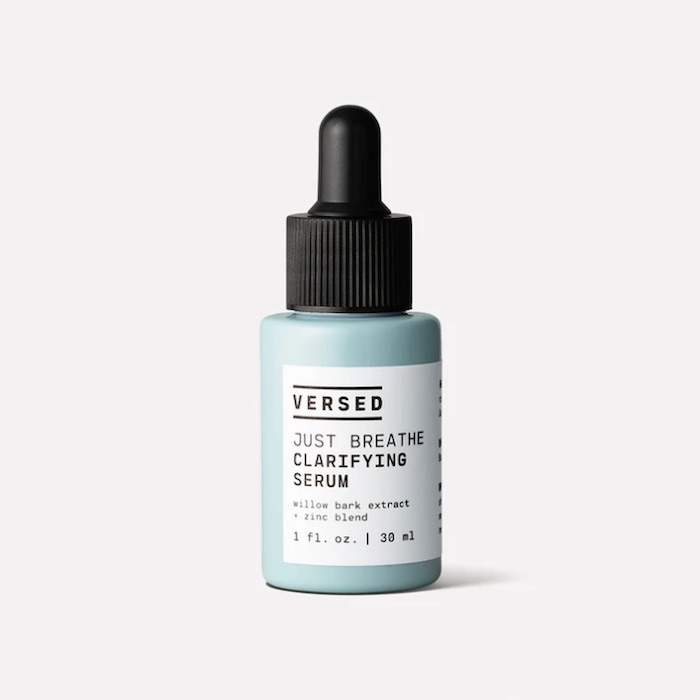
You can find niacinamide in this clarifying serum, which also contains zinc (but more on that in just a second). Use it in the AM or PM after cleansing.

Acne-Fighting Ingredient #8: Zinc
Zinc might not be as buzzy as other ingredients on this list, but that doesn't mean you should overlook it. Take it from Yadav. "Zinc is a mineral and an essential nutrient that everybody needs. Widely known for its cold-fighting abilities, zinc is also a great treatment for mild acne. Available in both topical and ingestible forms, zinc is anti-inflammatory, reduces oil production, and can aid in killing breakout-causing bacteria. I recommend oral zinc for my patients with an acne-like condition called hidradenitis suppurativa where acne appears in the folds of the skin."
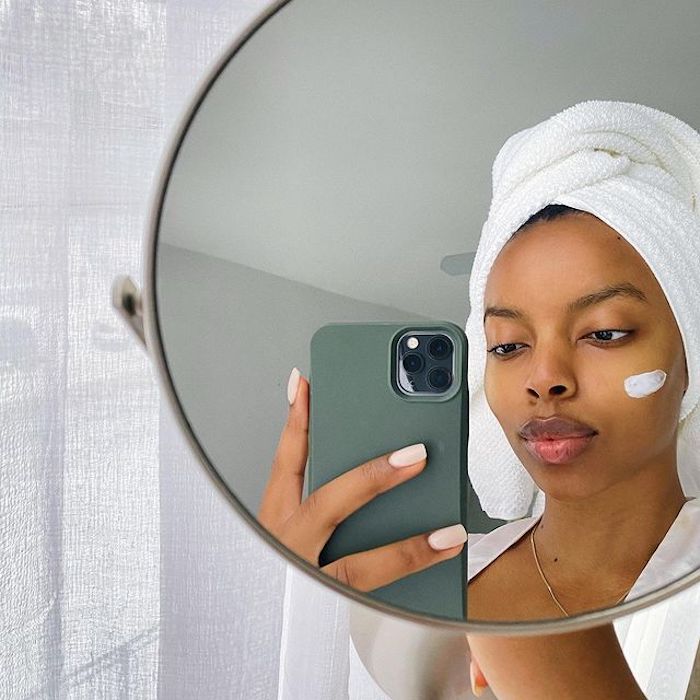
Acne-Fighting Ingredient #9: Sulfur
According to Yadav, sulfur is "a natural chemical element that is common in rocks and minerals, as well as in our own bodies!" Perhaps most known for its rotten-egg stench, it also happens to be a great skincare ingredient for those with mild-to-moderate breakouts of either acne or rosacea. Sulfur has a keratolytic effect (softens/thins skin), which helps to exfoliate and remove dead skin cells, fight bacteria, and reduce sebum."

Another targeted acne treatment is formulated with 10% sulfur to absorb excess oil and exfoliate away dead skin cells. Apply it to pimples that have hit the surface (aka those you're dying to prod, pick, or pop). It will go to work and save your fingers from causing any harm to your skin.
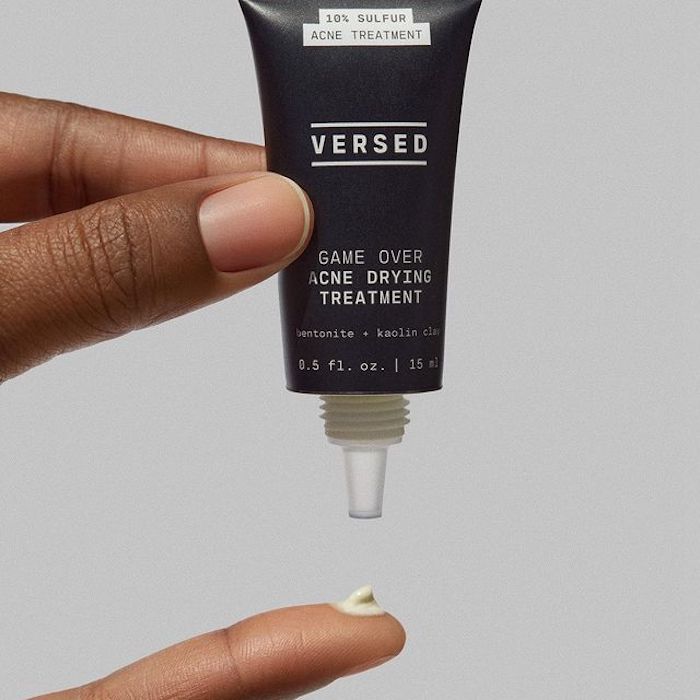
Acne-Fighting Ingredient #10: Clay
Here's the thing: There is actually more than one type of clay. The first one we're going to talk about is kaolin clay. "Kaolin is a soft, white clay that, in addition to skincare, has been used in China to create porcelain products for centuries," Yadav explains. "Typically, in a mask format, kaolin helps to absorb excess oil and sebum, while also managing moisture levels, making it very gentle and suitable for even sensitive skin types."
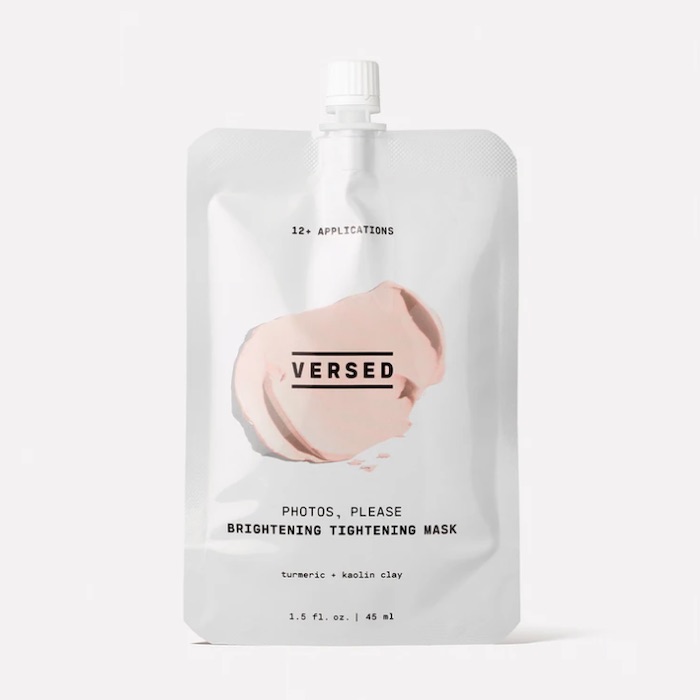
Kaolin clay is found in the aforementioned acne drying spot treatment, as well as this brightening and tightening mask. I've already written a love letter to this mask, so I won't go into too much detail. What I will say is it made my skin visibly brighter after one use.
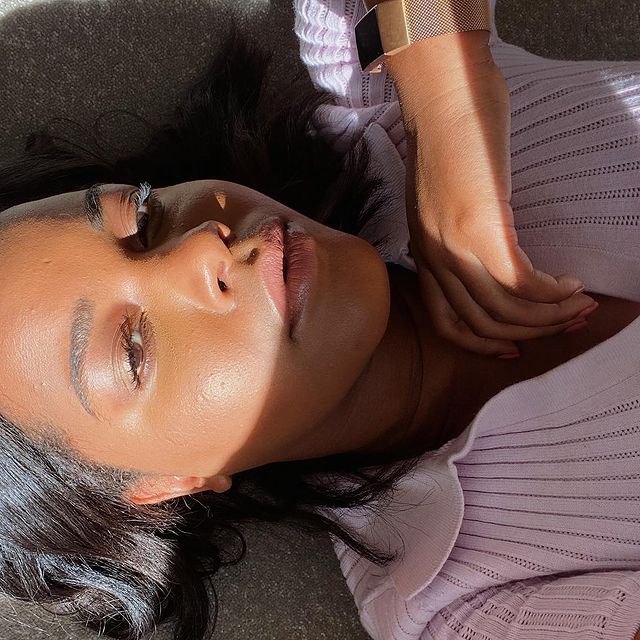
The other type of clay we're going to talk about is bentonite clay. "Another very old clay, bentonite forms when volcanic ash ages and contains many other important trace minerals, such as calcium, iron, zinc, and copper," Yadav says. "Available in powders or masks, bentonite is known for healing infections and acne and absorbs dirt and oil."
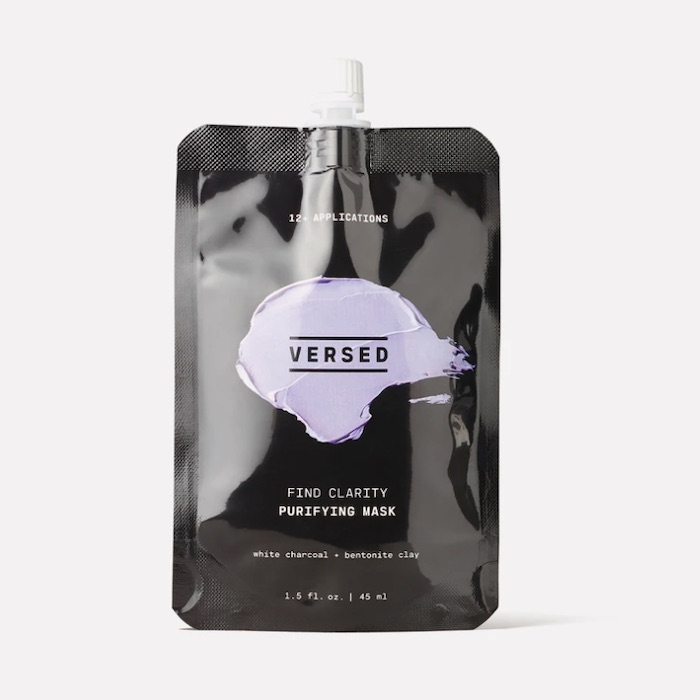
This mask contains both bentonite and kaolin clay along with charcoal. "In terms of an acne treatment, the benefits of activated charcoal are debatable but have been shown to help remove some of the debris and oil that cause breakouts, from pores," Yadav says.
Next, eight foolproof ways to ensure your skin reaches maximum potential this fall.

Kaitlyn McLintock is a Beauty Editor at Who What Wear. She has 10 years of experience in the editorial industry, having previously written for other industry-leading publications, like Byrdie, InStyle, The Zoe Report, Bustle, and others. She covers all things beauty and wellness-related, but she has a special passion for creating skincare content (whether that's writing about an innovative in-office treatment, researching the benefits of a certain ingredient, or testing the latest and greatest at-home skin device). Having lived in Los Angeles, California, and Austin, Texas, she has since relocated back to her home state, Michigan. When she's not writing, researching, or testing beauty products, she's working through an ever-growing book collection or swimming in the Great Lakes.
-
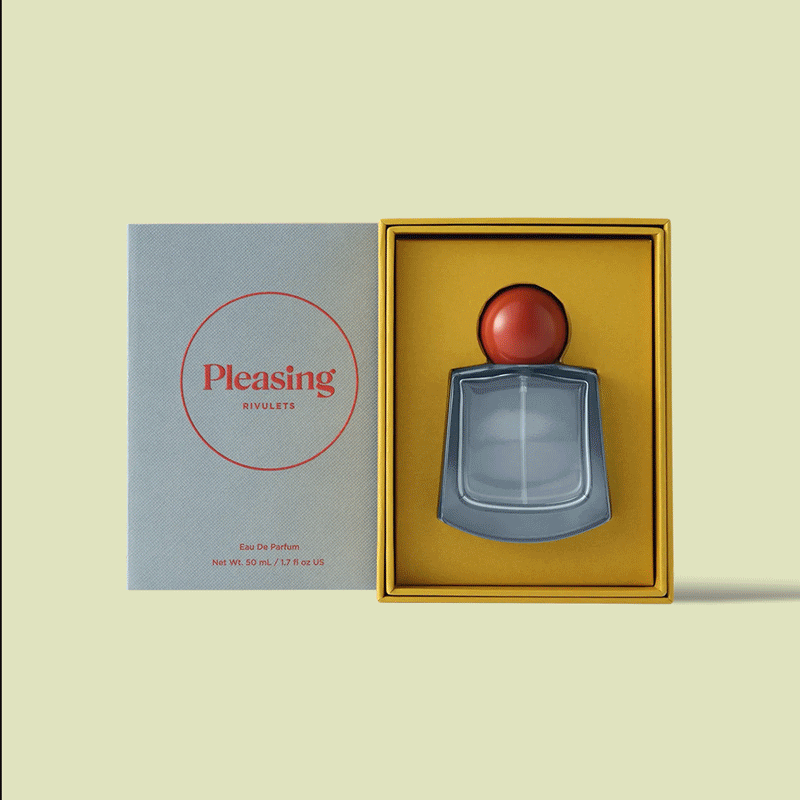 I Tested All 4 of Harry Styles' Pleasing Perfumes, and This One Was My Undeniable Favorite
I Tested All 4 of Harry Styles' Pleasing Perfumes, and This One Was My Undeniable FavoriteNew signature scent unlocked.
By Kaitlyn McLintock
-
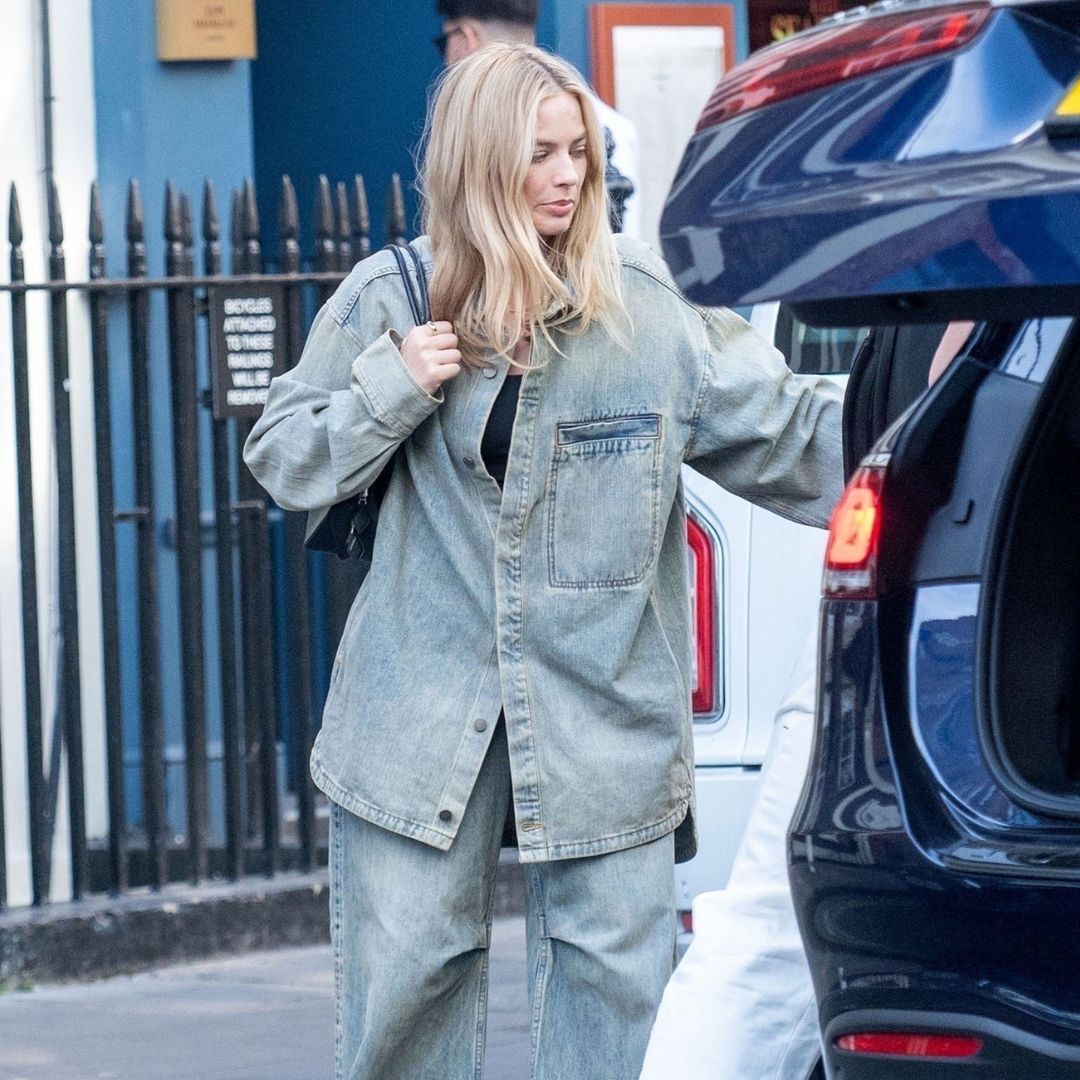 Margot Robbie Convinced Me to Try This "Polarizing" Denim Trend—and Its Fragrance Equivalent
Margot Robbie Convinced Me to Try This "Polarizing" Denim Trend—and Its Fragrance EquivalentEditors can't stop wearing this brand.
By Alyssa Brascia
-
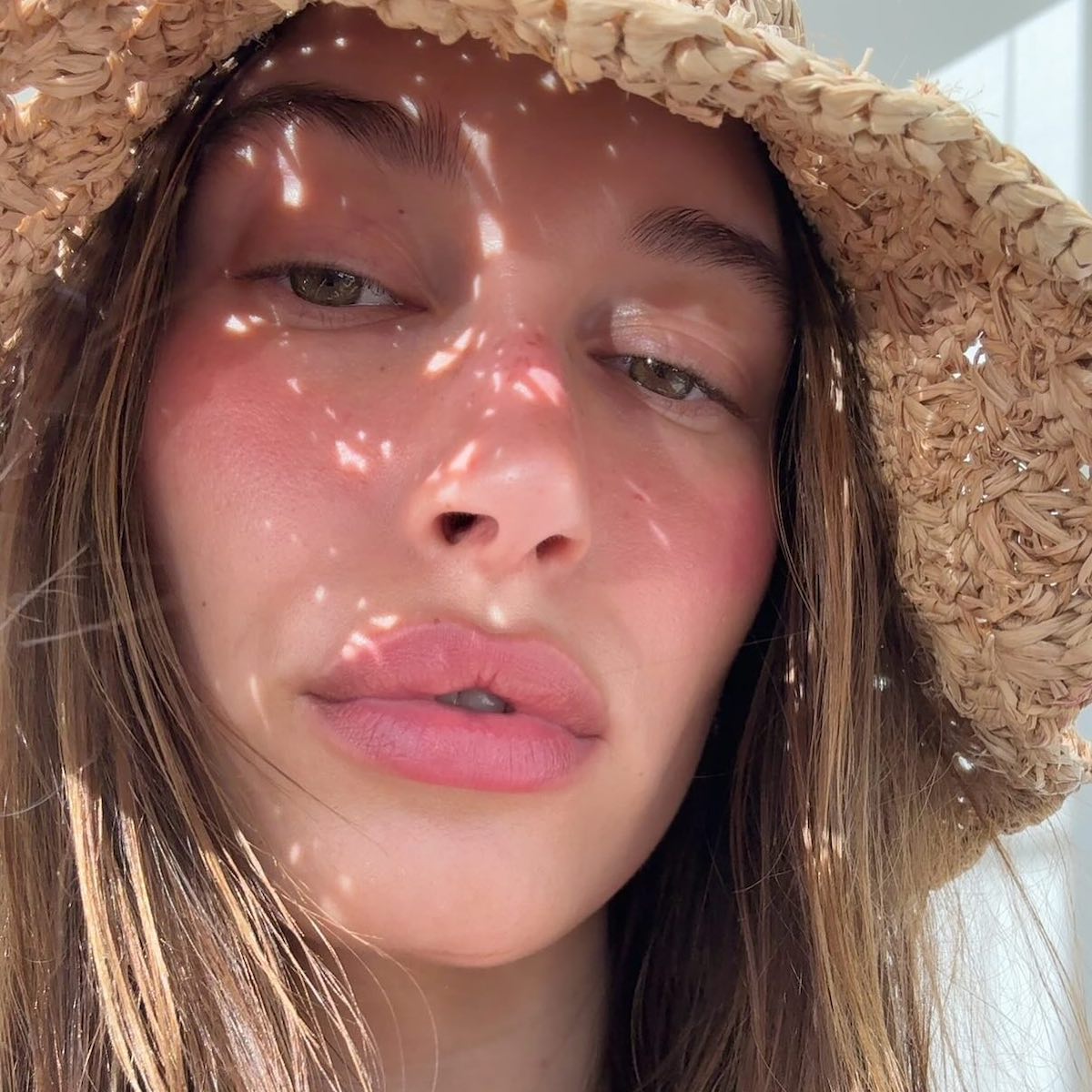 Hailey Bieber Says She "Couldn't Live Without" This $12 French Pharmacy Cream
Hailey Bieber Says She "Couldn't Live Without" This $12 French Pharmacy CreamThat's it—I'm buying three.
By Kaitlyn McLintock
-
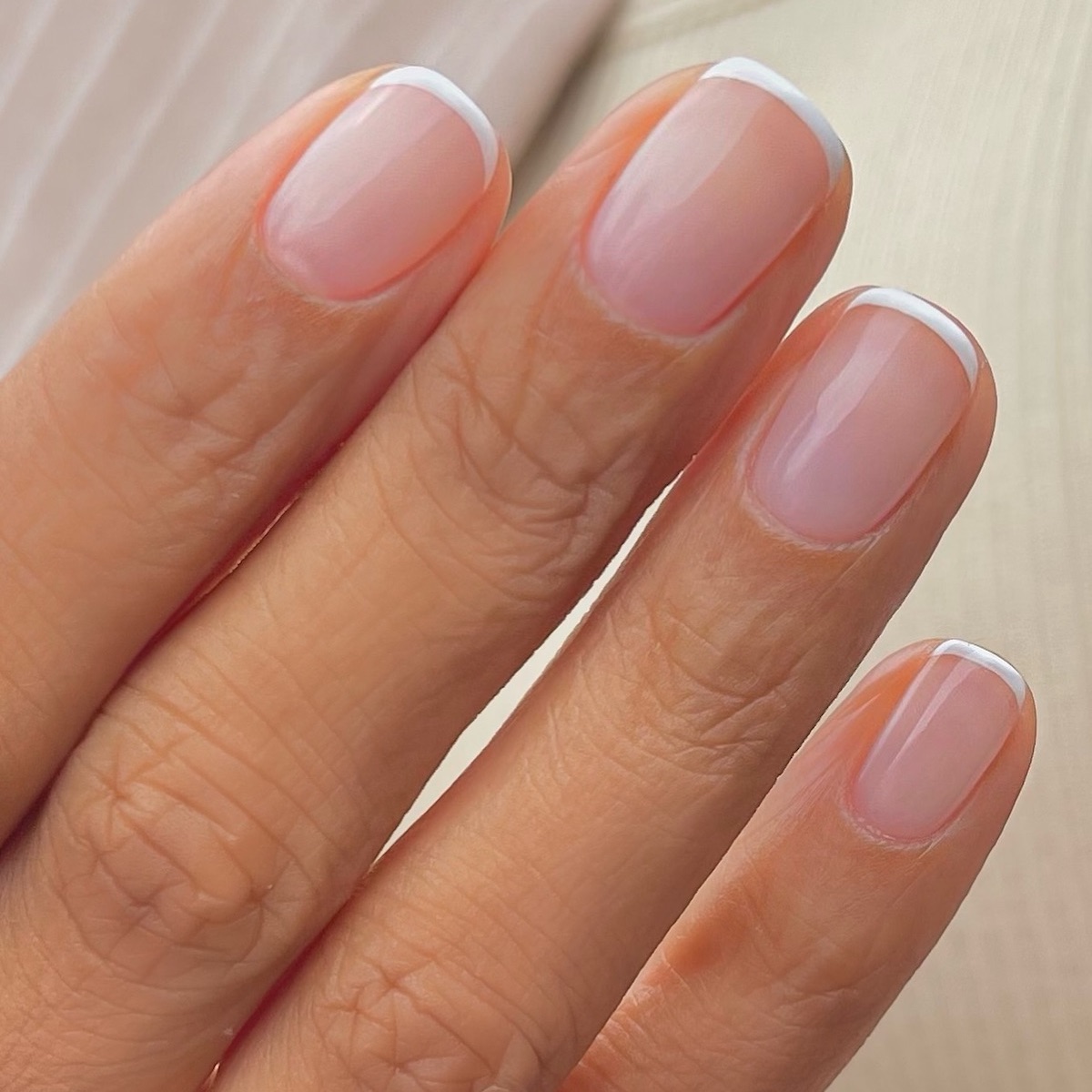 The "Baby French" Is Officially Spring's Most Elegant Nail Trend—Hailey Bieber Agrees
The "Baby French" Is Officially Spring's Most Elegant Nail Trend—Hailey Bieber AgreesGo ahead and book that first spring nail appointment.
By Kaitlyn McLintock
-
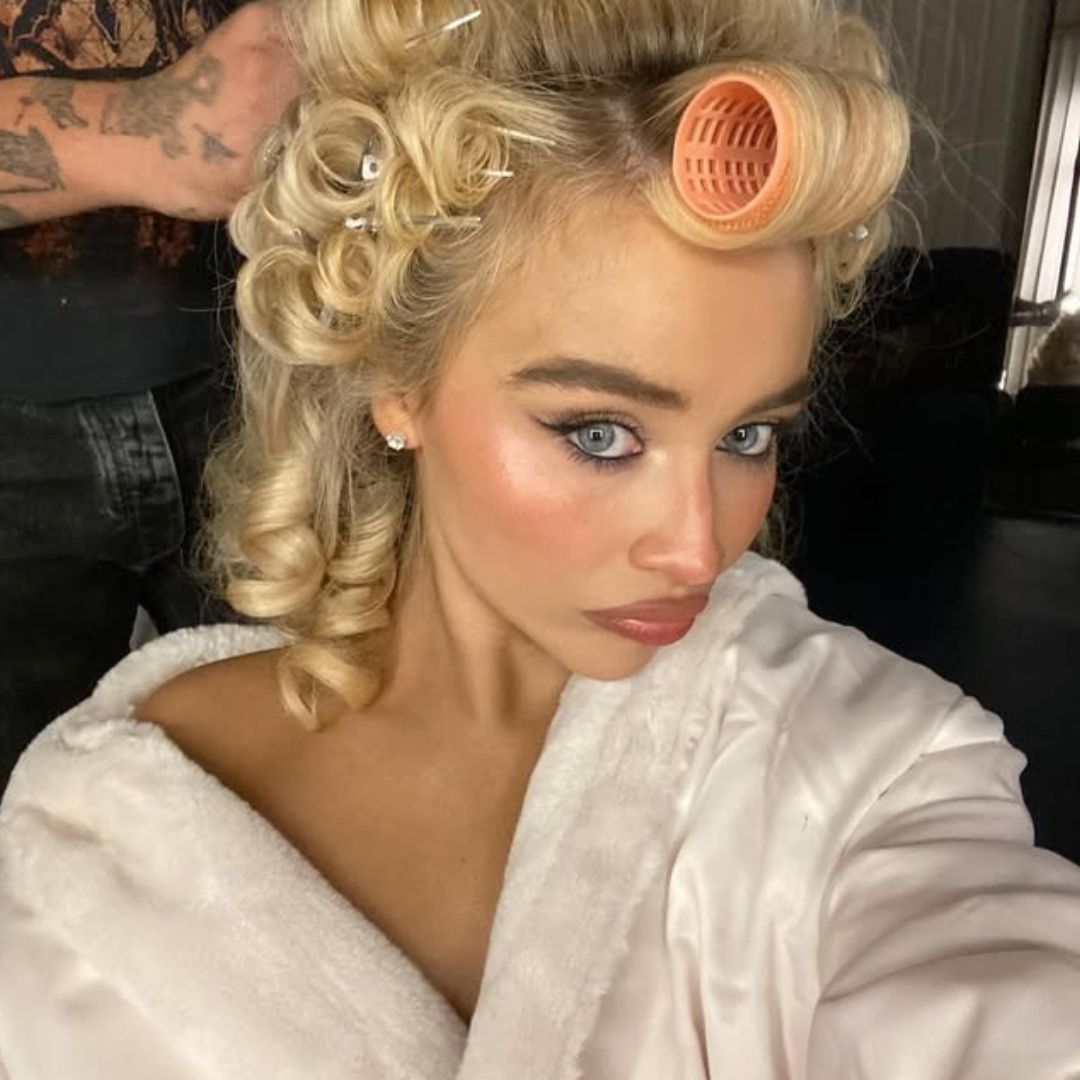 Sabrina Carpenter's MUA Told Me This "Dated" Lip Trend Is Getting a Major 2025 Update
Sabrina Carpenter's MUA Told Me This "Dated" Lip Trend Is Getting a Major 2025 UpdateWhy "chocolate frosted" lips are about to be everywhere.
By Alyssa Brascia
-
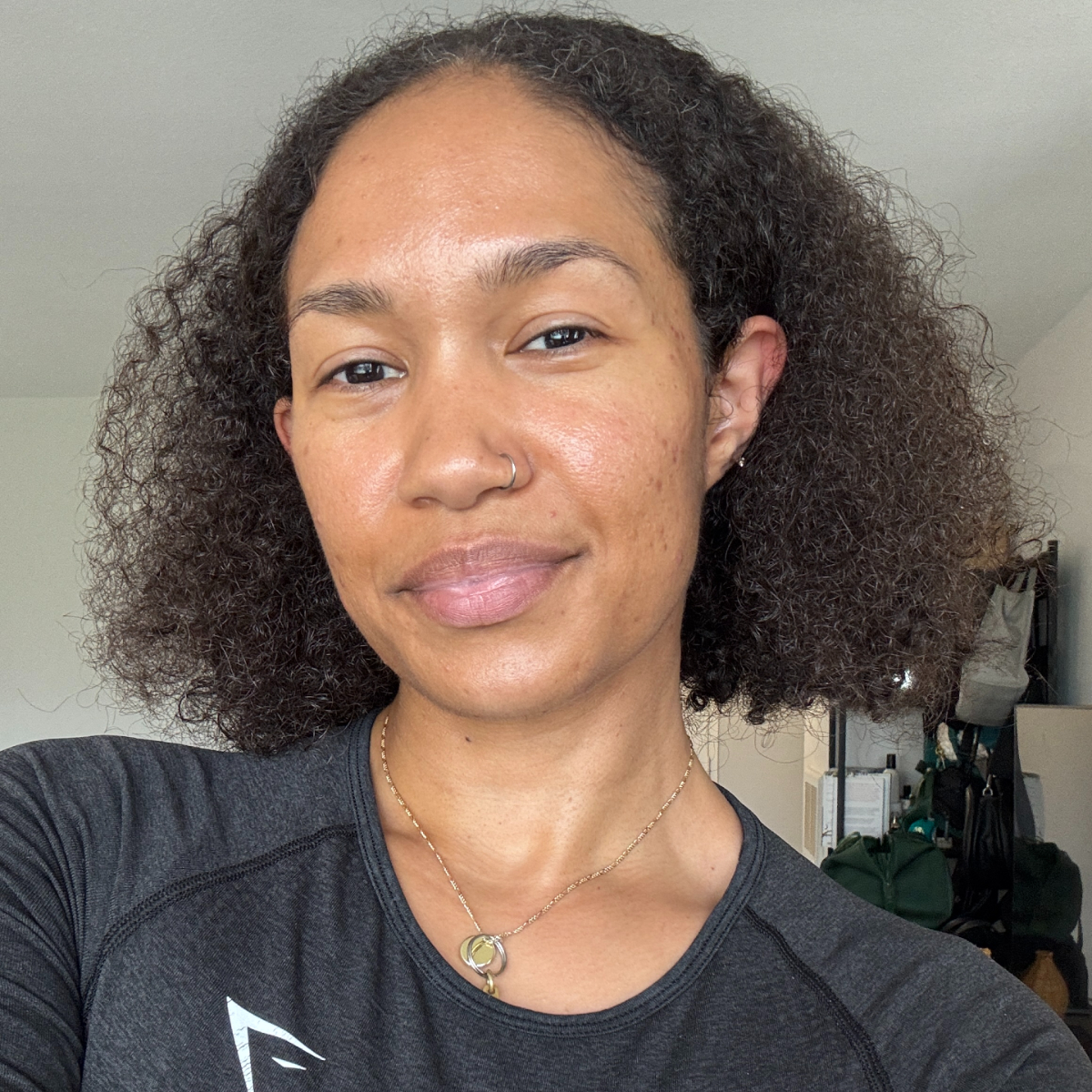 Aestheticians on Instagram Can't Stop Raving About This Acne-Clearing Serum, so I Tried It
Aestheticians on Instagram Can't Stop Raving About This Acne-Clearing Serum, so I Tried ItIt's perfect for sensitive skin.
By Shawna Hudson
-
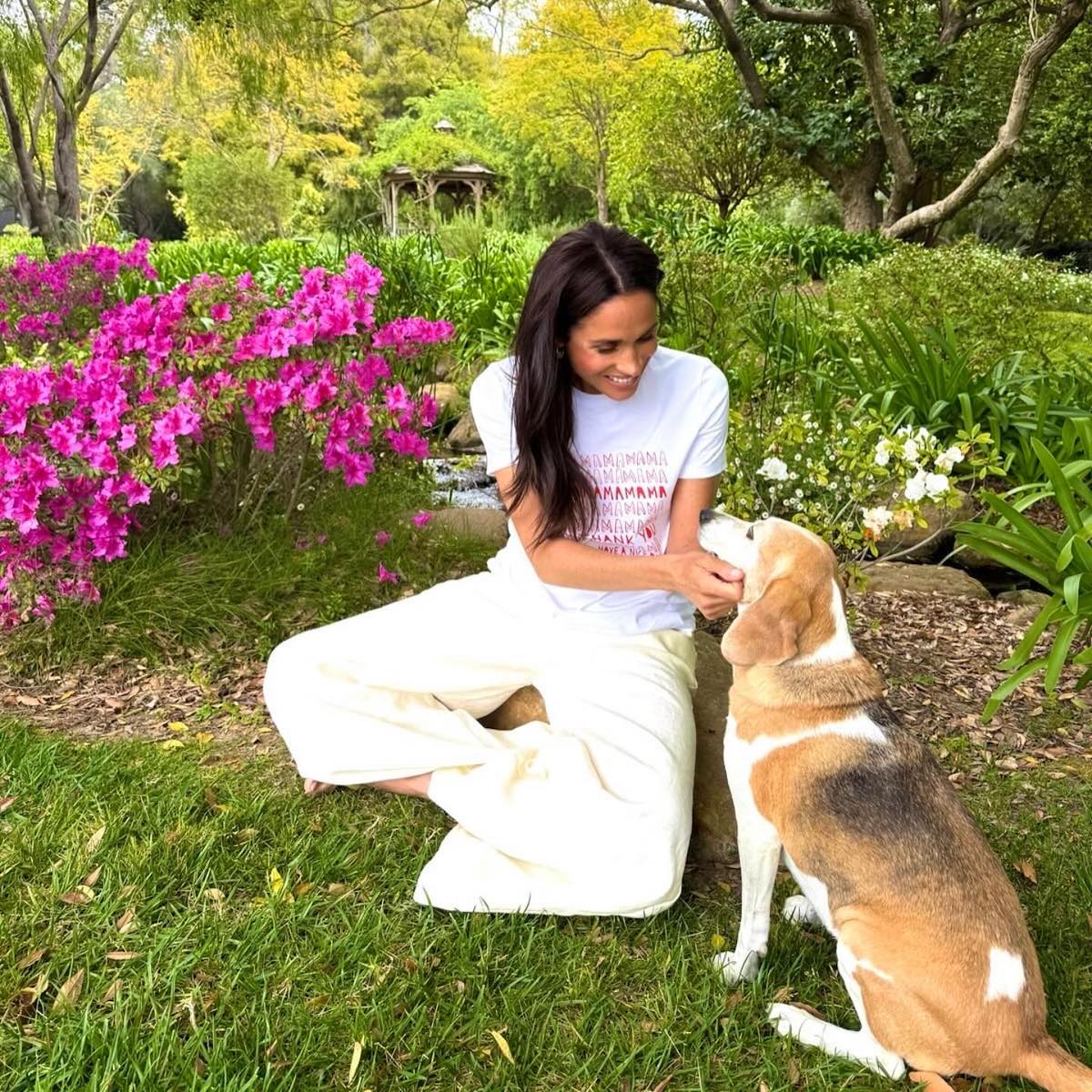 Meghan Markle Just Dropped Her Entire Beauty Routine on ShopMy (Including This $10 Collagen Jelly Cream)
Meghan Markle Just Dropped Her Entire Beauty Routine on ShopMy (Including This $10 Collagen Jelly Cream)I'm buying everything.
By Kaitlyn McLintock
-
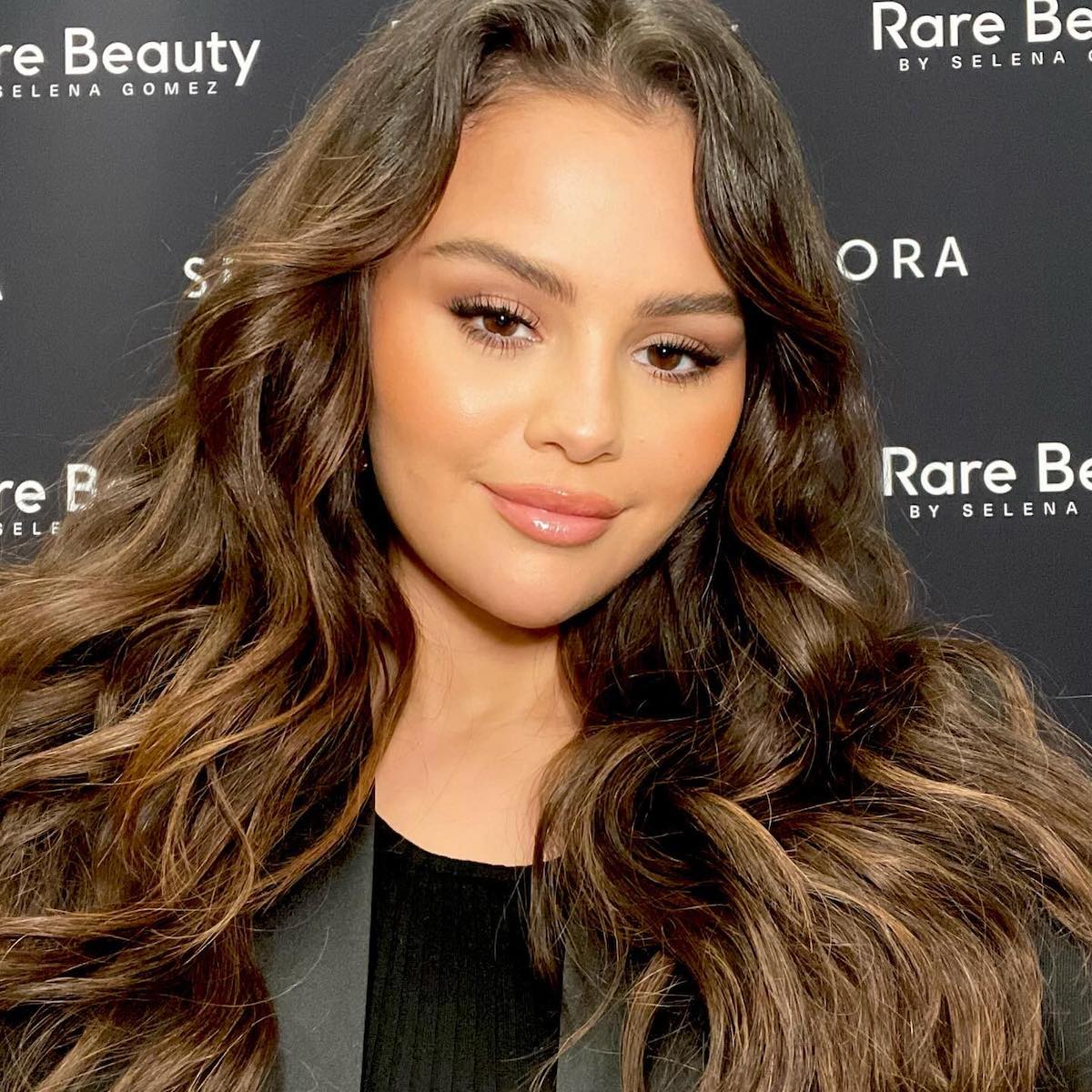 Selena Gomez's Date-Night Nail Polish of Choice? This Nostalgic $13 Shade of Cherry
Selena Gomez's Date-Night Nail Polish of Choice? This Nostalgic $13 Shade of CherryI'm buying a fresh bottle.
By Kaitlyn McLintock

